State
Tribe Name
Art Type
short description
Halesa Dance is a kind of culture that exists in the above fourteen tribes along the banks of Nalsarovar-Lake in Ahmedabad and Surendranagar districts. Primarily, it is a puja or worship to Mataji, the clan goddess. It is symbolic spiritual devotion, communal unity, and rich culture associated with tribes. It is very important for the tribes and their non-tribal neighbors, integrating the traditions and practices in the area.
Thumbnail
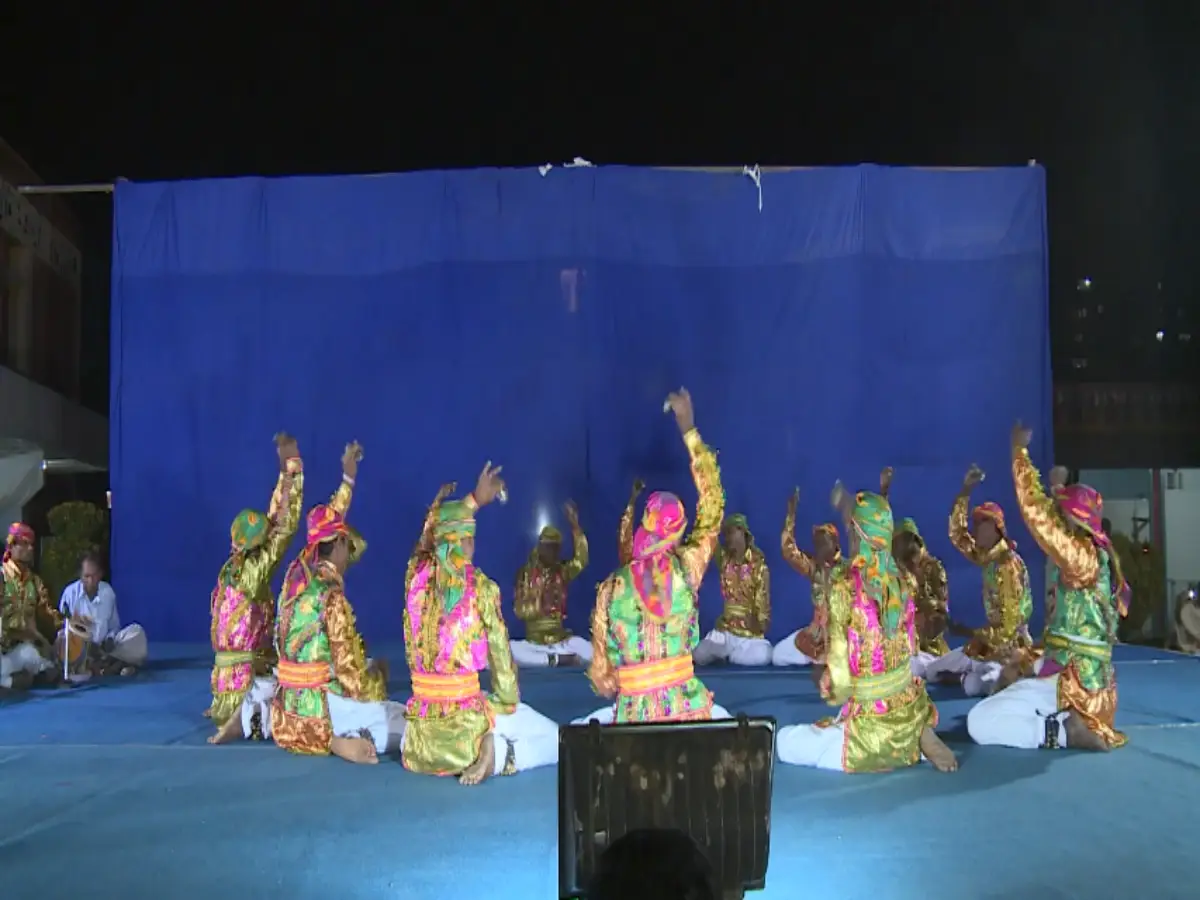
Filter Postion
Left
Filter Background
Off
Theme
Filter Header Image
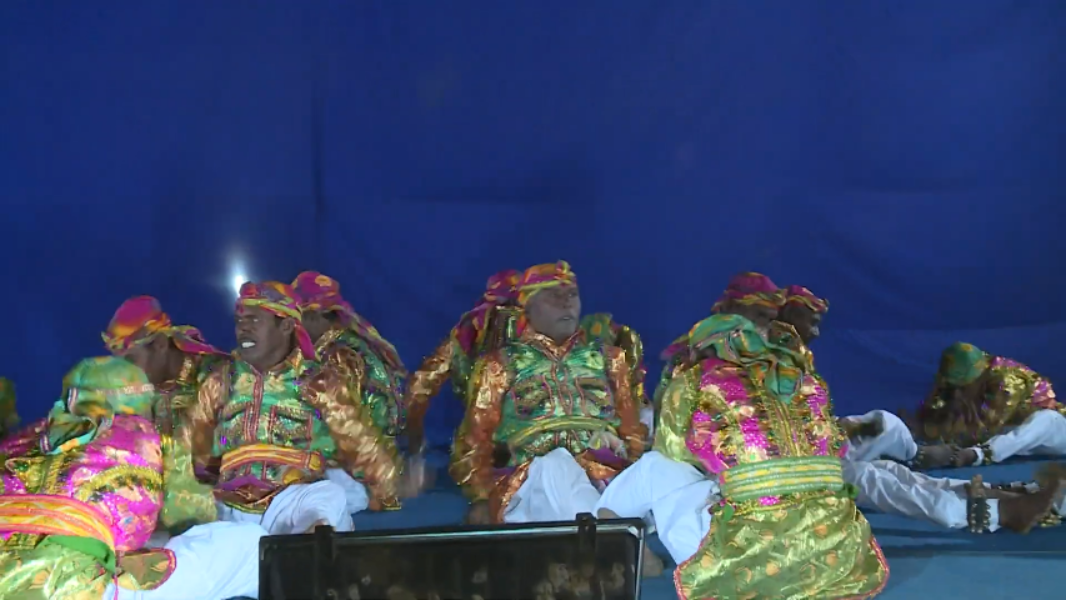
content
Image

description
Halesa Dance is a kind of culture that exists in the above fourteen tribes along the banks of Nalsarovar-Lake in Ahmedabad and Surendranagar districts. Primarily, it is a puja or worship to Mataji, the clan goddess. It is symbolic spiritual devotion, communal unity, and rich culture associated with tribes. It is very important for the tribes and their non-tribal neighbors, integrating the traditions and practices in the area.
Image Mode
landscape
Image
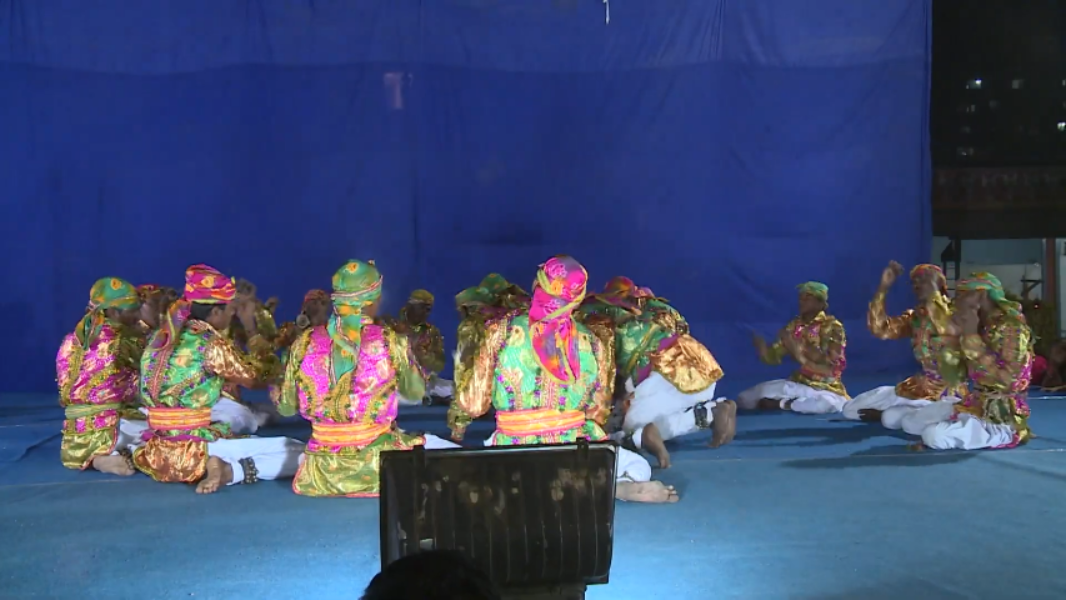
description
The Padhar in Gujarat is primarily concentrated in districts such as Kachchh and Ahmedabad. Well-renowned for their skills in fishing and agriculture, they primarily depend on wetlands for sustenance. In fact, Padhar community possesses a very rich culture including performances of traditional dance forms and folk songs that highlights their relationship or connection with water, and they are also competent handicrafts. The tribe follows a different social custom and practice from that of others and nourishes its identity in a fast-vanishing landscape in Gujarat.
Image Mode
landscape
Image
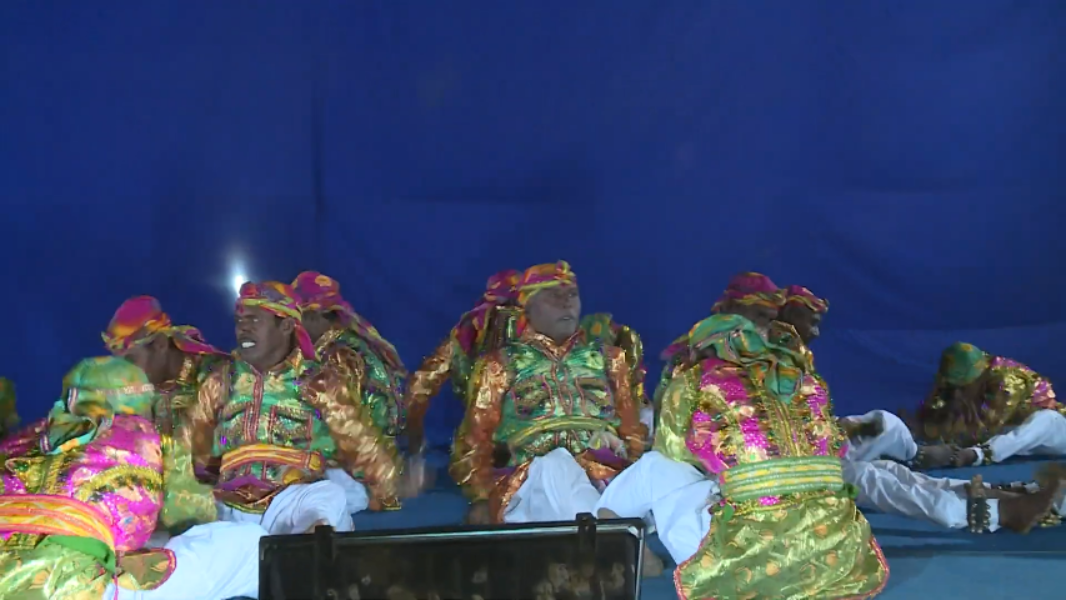
description
The Halesa Dance is mostly performed during major religious festivals such as Navratri and Janmashtami or other such occasions like Badha-manta votive offerings. These events happen usually in the evenings, highlighting a spiritual atmosphere. Dancers gather at temples or other traditional shrines, attired in vibrant colorful costumes, while participating in collective worship as well as rejoicing. Worship and revelry, as represented in the Halesa dance, reflect not only religious but also socio-cultural events which further create community through shared celebration.
Image Mode
landscape
Image
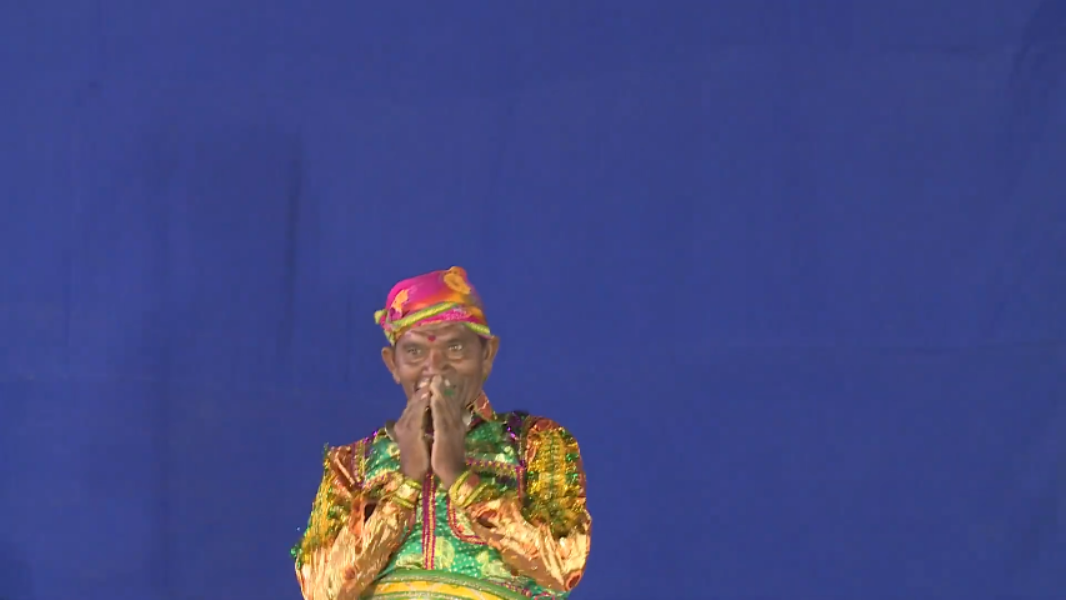
description
Men wear dhoti with a long-sleeve shirt and wear a vest. Tie a handkerchief at the waist for traditional wear article. Women wear a colorful six-to-nine-meter petticoat (ghaghra) and blouse, with a head covering. This attire is bright, flamboyant, and has lots of traditional jewelry such as anklets and bangles made from different materials. These costumes not only signify their cultural identity but also add to the beauty and visual splendour of the performance.
Image Mode
landscape
Image
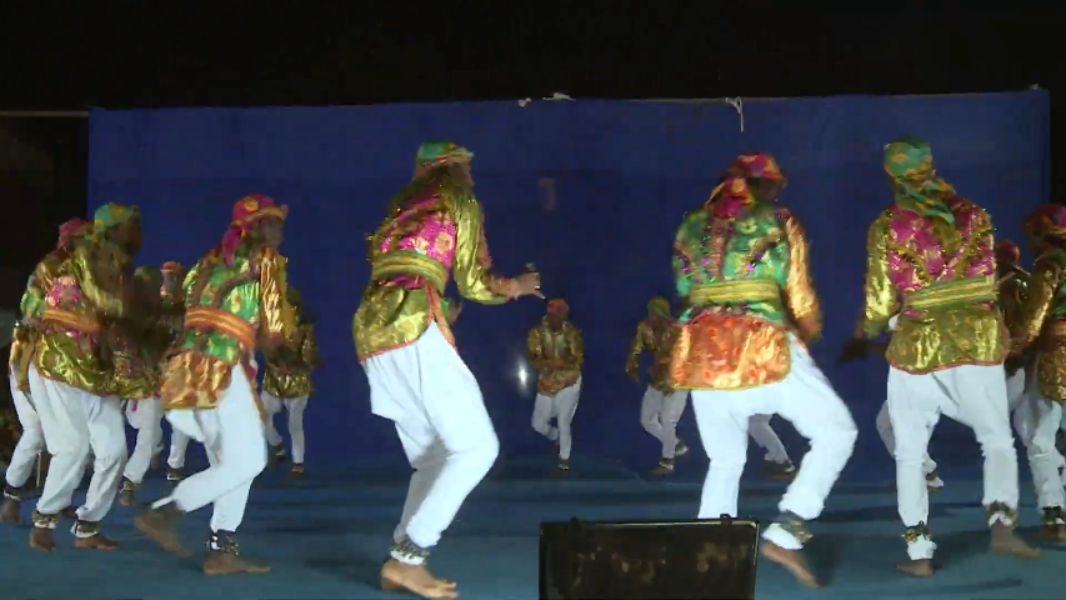
description
The musical score of Halesa Dance takes on the dholak, manjira, and harmonium as their basic musical instruments for performing this dance. These instruments are quite prominent in both tribal and non-tribal areas as the tribal people do not manufacture them. The performance usually has tanpuras strumming several chalas (different style) enhancing the spirituality ambience as the dancers try to appease their clan goddess with music and rhythm.
Image Mode
landscape
promoted
On
Verified
On
